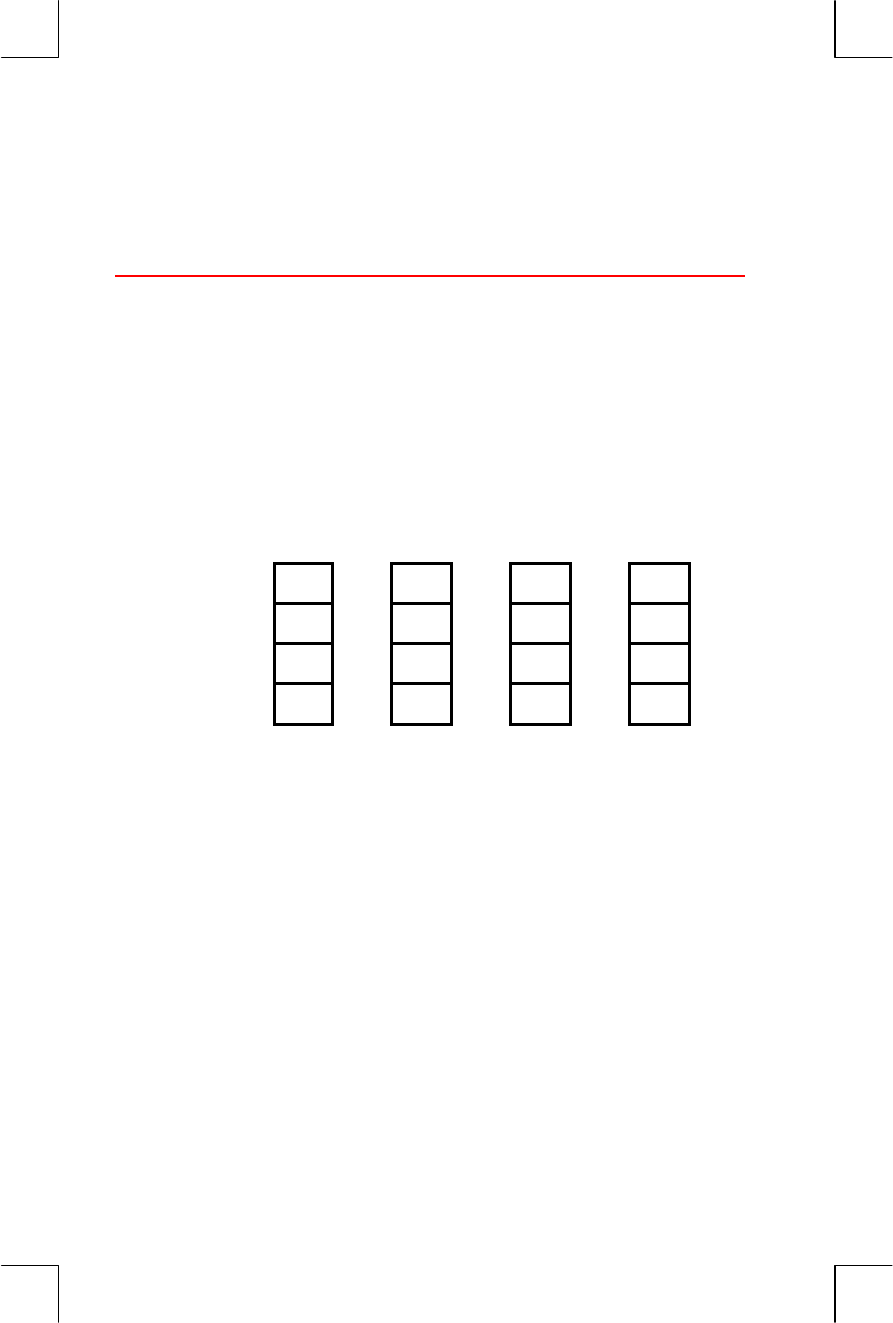
270 E: RPN: The Stack
File name : 17BII-Plus-Manual-E-PRINT-030709 Print data : 2003/7/11
The
x
function is used primarily to swap the order of numbers in a
calculation. For example, an easy way to calculate 9 ÷ (13x8) is to
press 13
E
8
*
9
x/
.
Arithmetic- How the Stack Does It
The contents of the stack move up and down automatically as new
numbers enter the X-register (lifting the stack), and as operators combine
two numbers to produce one new number in the X-register (dropping the
stack). See how a full stack drops, lifts, and drops its contents while
calculating
3
+
4
-
9
:
a (lost)
T
a
a
a
a
Z
b
a
b
a
Y
3
b
7
b
X
3
E
4
4
+
7
9
9
-
-2
Drop
Lift
Drop
(a and b represent values already on the stack.)
! Notice that when the stack drops, it replicates the contents of the
T-register and overwrites the X-register.
! When the stack lifts, it pushes the top contents out of the T-register,
and that number is lost. This shows that the stack’s memory is limited
to four numbers for calculations.
! Because of the automatic movement of the stack, you do not need to
clear the display before doing a new calculation.
! Most functions (except
E
and
C
) prepare the stack to lift its
contents when the next number enters the X-register.


















